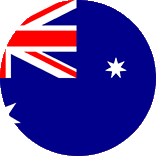 Choose an office
Choose an office
 Choose an office
Choose an office
Home > Our news
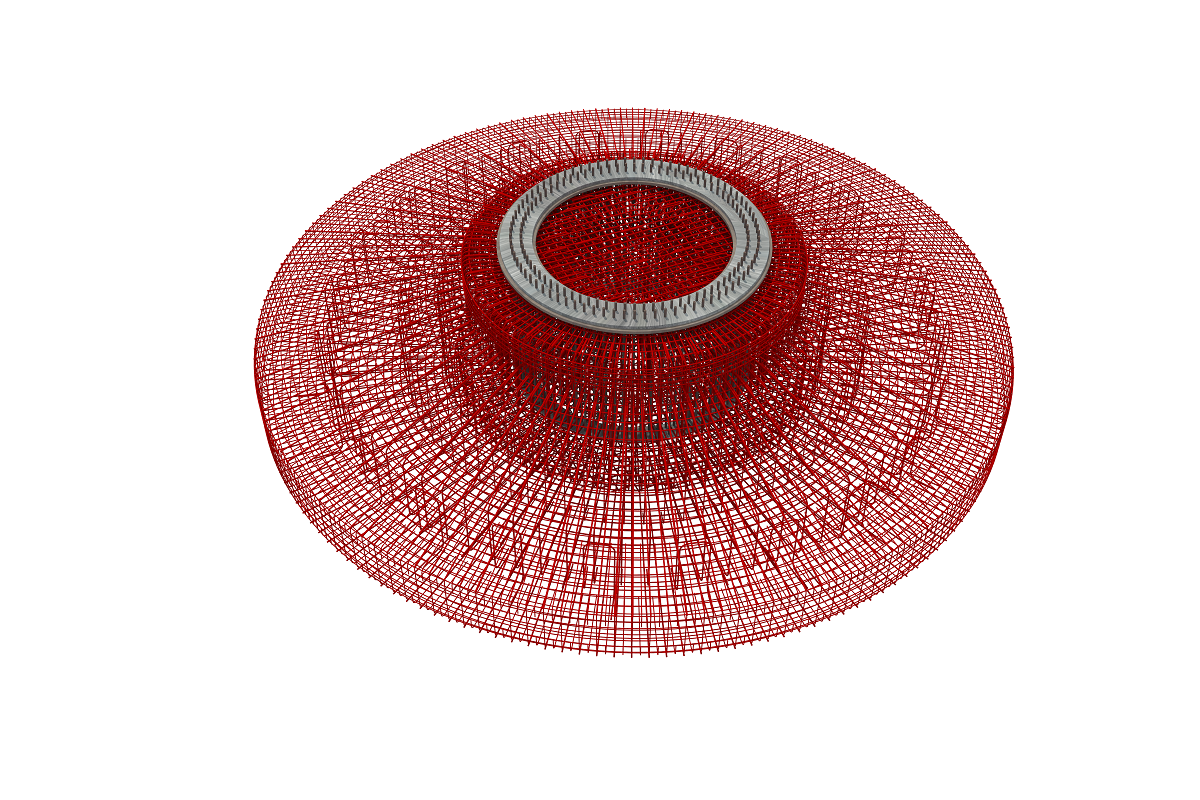

Research & Development
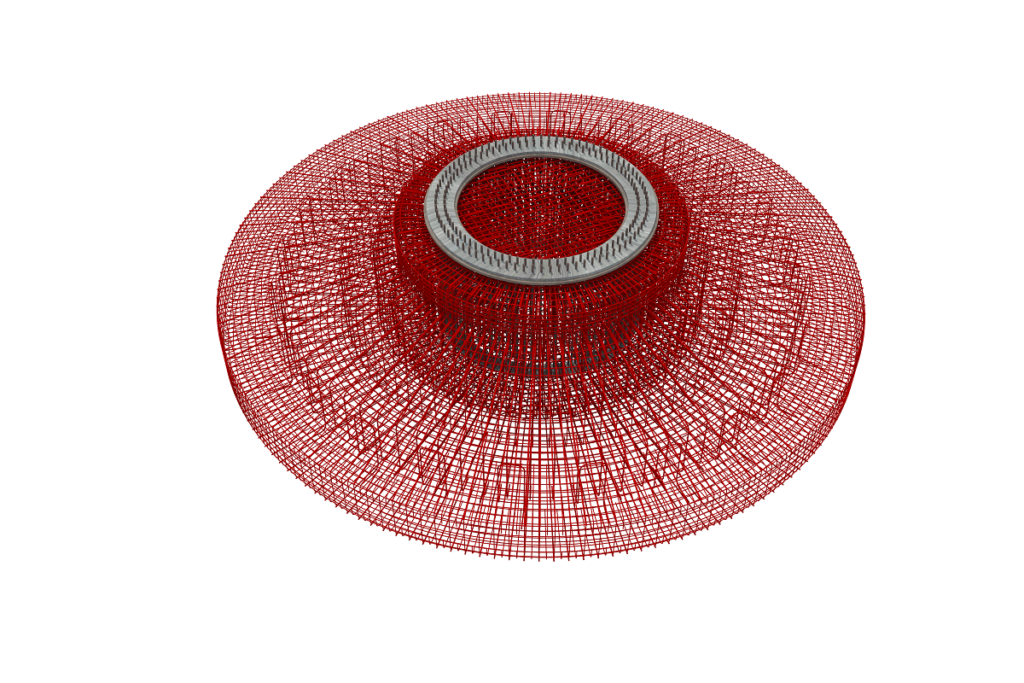
CTE Wind R&D and Consulting services are the first choice when it comes to foundation design regardless of the WTG-manufacturer, model, size, power or soil conditions. Thanks to internal R&D-Team with senior engineers, holding over 100 years of cumulated experience in the design of wind turbine foundations, nothing is impossible.
La Richardais (FRA) – In 2019 Developers worldwide have globally commissioned a little over 45GW of onshore wind turbines. According to Bloomberg New Energy Finance, the Danish firm Vestas remained this way the world’s leading wind turbine supplier, with Spanish-German wind engineering company Siemens Gamesa a strong second. Chinas manufacturer number one Goldwind was third in the rankings, while US-Leader GE Renewable Energy’s secured its fourth place. Together the top four manufacturers accounted for 55 percent of the market share.
100 years of cumulated experience
This statement applies more or less also to CTE Wind, which calculated, designed and evaluated about 5000 WTG-foundations in 2019 around the globe. Thanks to CTE Wind’s internal R&D, with senior engineers holding over 100 years of cumulated experience in the design of wind turbine foundations worldwide, new turbine models from the top manufacturers as well as less common WTG-models from smaller or local manufacturers are only a little challenge. CTE Wind engineering services lead to state-of-the-art foundation solutions for wind turbines. Regardless of whether it is a prototype, such as GE’s giant 12 MW Haliade X or smaller 1 MW machine, from German ENO or Dutch EWT.
Wooden tower
Also worth mentioning: the different types of towers for wind turbines. Concrete (hollow foundation) and steel towers are well known to CTE Wind. Both tower systems are suitable to be used alone or in combination. Even foundations with wooden towers were calculated and designed by CTE Wind in the past. The sum of all experiences made during the projects since 2003 is the reason why their engineering services in foundation design are the first choice for wind turbine manufacturers, wind park developers and EPC contractors worldwide.
If you want to learn more about CTE Wind International you can read more articles about projects and news in OUR-PROJECTS & OUR-NEWS – sections. For more Information about OUR-SERVICES please CONTACT US.
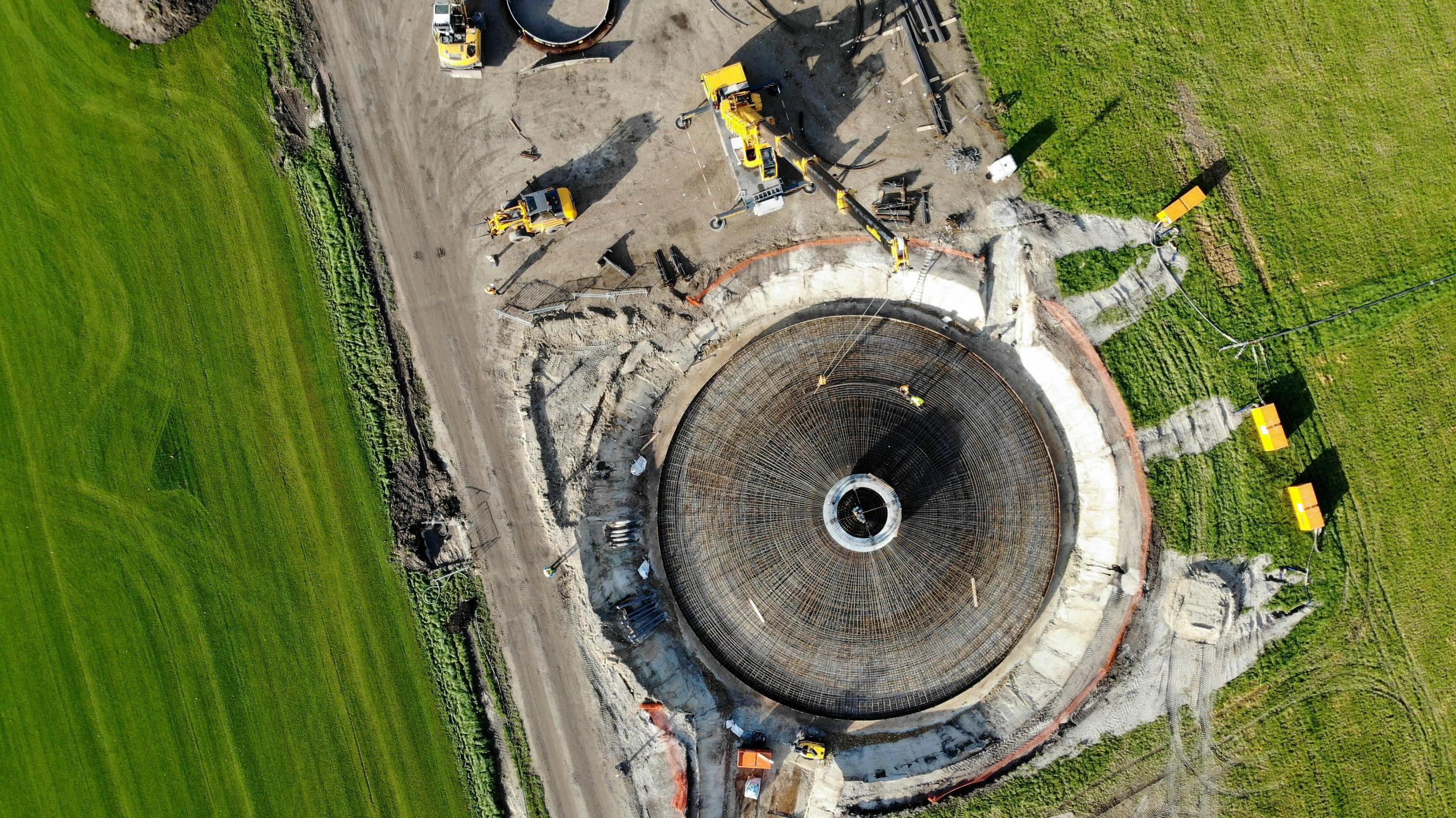

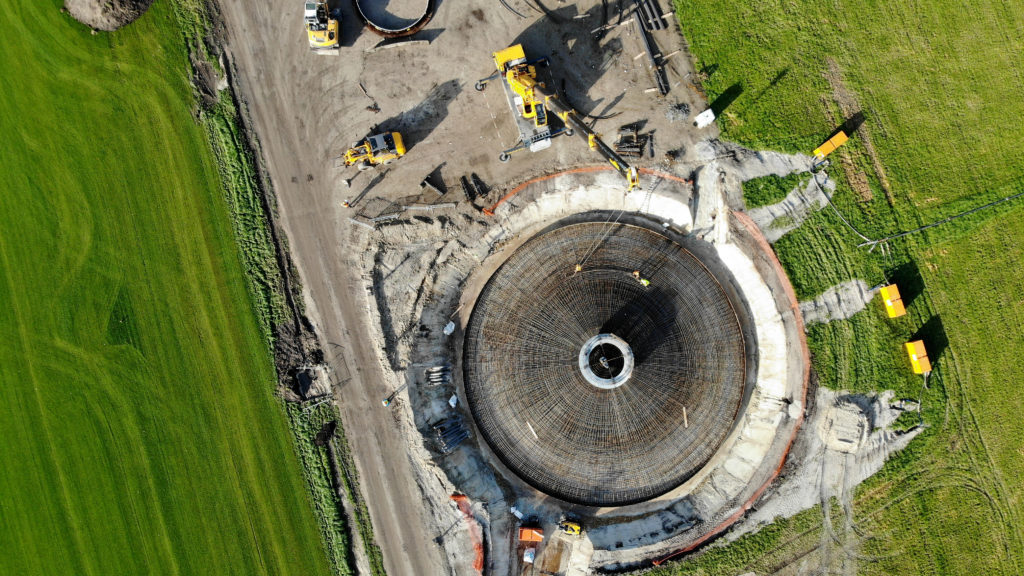
According to Bloomberg New Energy Finance in 2019 developers worldwide have globally
commissioned a little over 45GW of onshore wind turbines. CTE Wind designed, valueengineered
or peer-reviewed foundations close to 1,500 WTG-foundations around the globe,
which represents around 5 GW of the installed onshore wind energy in 2019. A good result
for the 30 engineers working together worldwide. CTE Wind is an international engineering
consulting firm, headquartered in France, and specialized in the analysis and design of
onshore wind turbine foundations. Its engineering services lead to inventive foundation
solutions for wind turbines. In Rotterdam, they have designed the foundation for GE’s giant
12 MW Haliade X. But they are also with familiar with smaller 1 MW machines carried by
wooden towers. «Thanks to our experienced civil, structural and geotechnical senior
engineers the design of those wind turbine foundations worldwide are only a little challenge
to us», said Alexander MARTIN, CEO of CTE Wind International, «regardless if it is for new
turbine models from the top manufacturers or less common WTG-models from smaller or
local manufacturers», he added.
The sum of all experiences made since 2003 is the reason why CTE Wind’s engineering
team with offices in Brazil, Poland, Portugal, Spain, USA and Asia are often the first
choice for OEMS, wind park developers and EPC/BoP contractors. «That is how we
achieved to do over 17,500 wind turbines in 67 countries and without any failures», continues
MARTIN. One of CTE Winds main goals is to deliver foundation designs that optimizes the
use of resources and help to save concrete and reinforcement steel. Such a solution is the
patented SOFT-SPOT®, a gravity foundation with a soft layer under the anchor cage. Each
project receives an adapted design solution to the specific soil conditions. In Finland CTE
Wind designed a rock anchor solution when its engineers also designed a near-shore
foundation in Asias Mekong-Delta. «The trust of our customers leads us not only to
design special and new solutions but also the foundations for the biggest wind parks in
France, Spain and Poland. We are thrilled when we can play an important role in a wind farm
project. This shows the confidence of our customers in our designs and is also an
encouragement for us to continue to perform well», he ends.
If you want to learn more about CTE Wind International you can read more articles about projects and news in OUR-PROJECTS & OUR-NEWS – sections. For more Information about OUR-SERVICES please CONTACT US.



«To work with CTE Wind as designer was nice. The speed of response and reliability of the planning has been a winning experience for us.»
Arjan Louwerse from H4a Windenergie B.V.
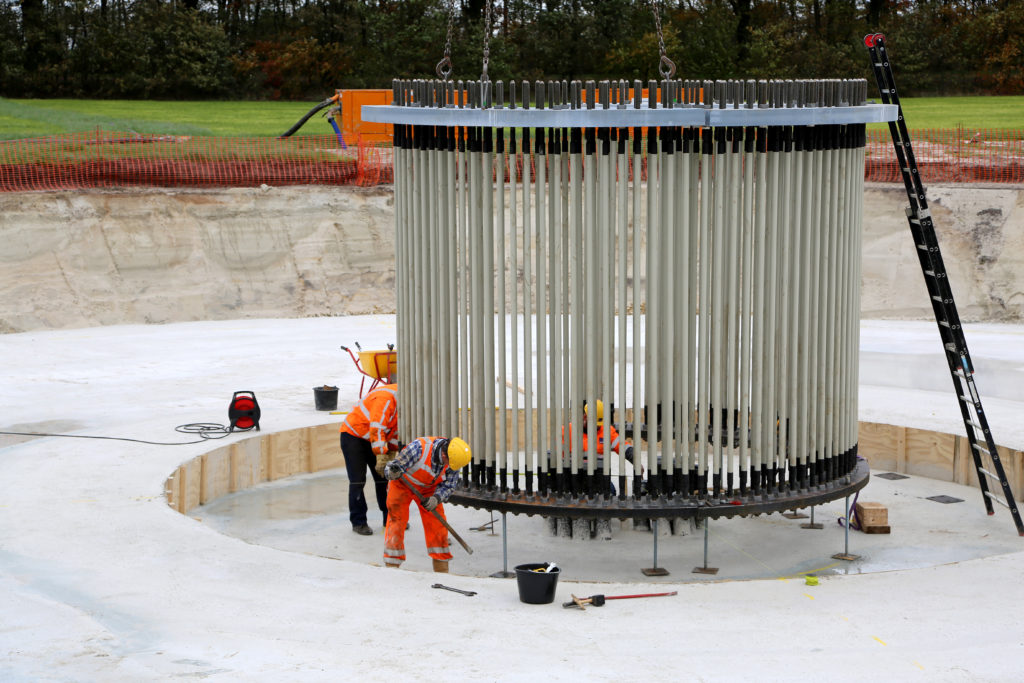
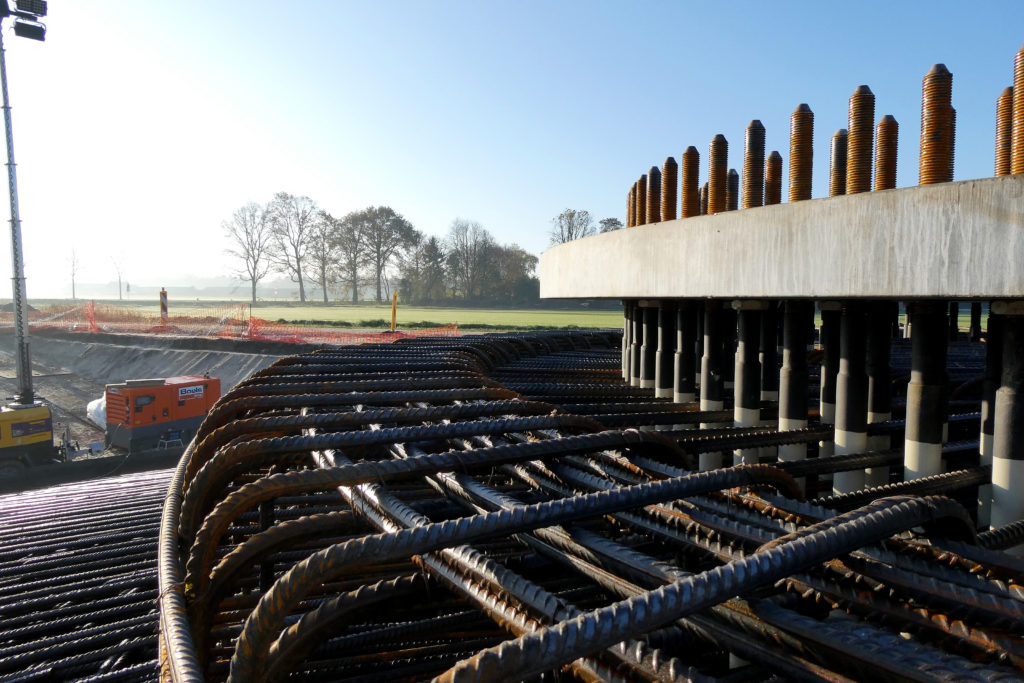

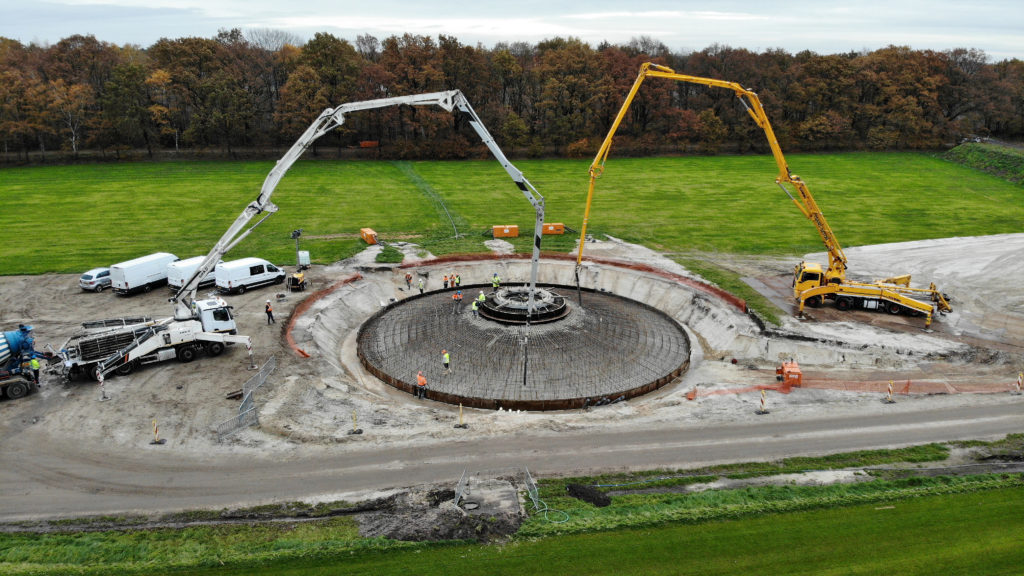
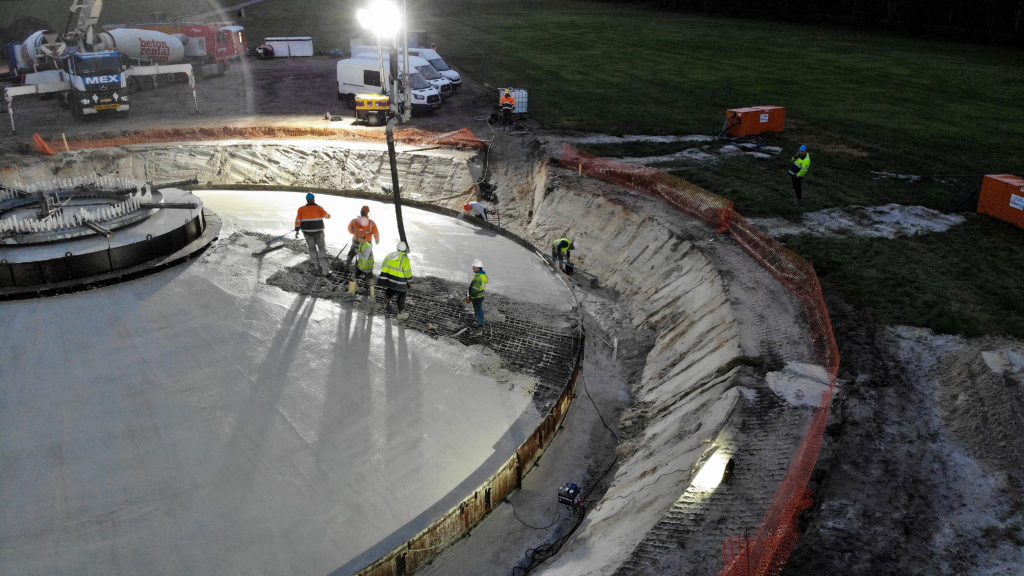
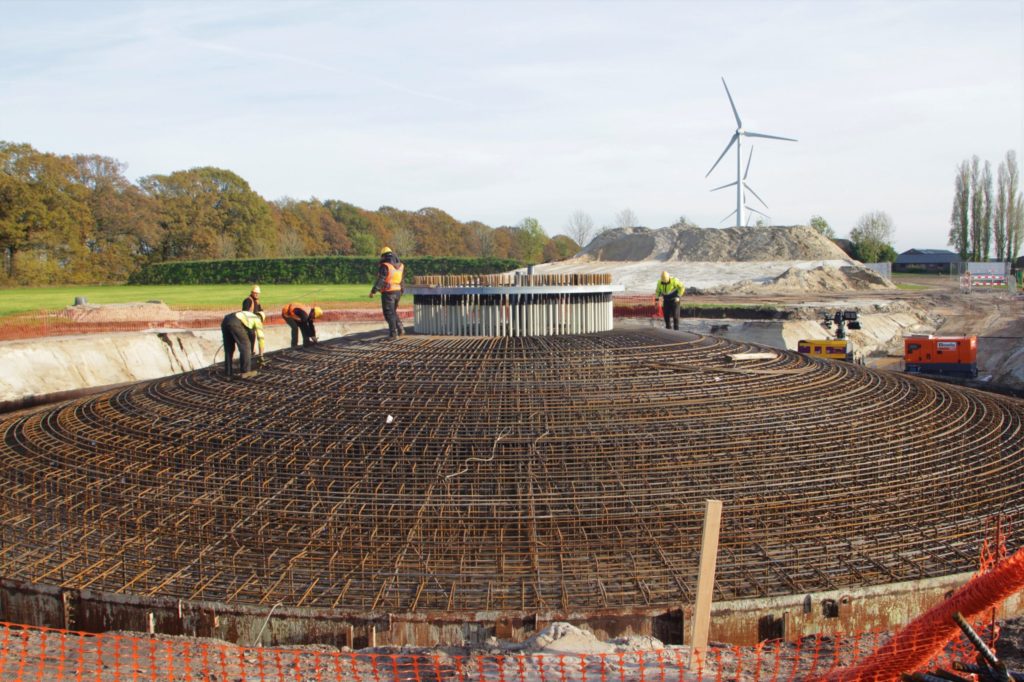
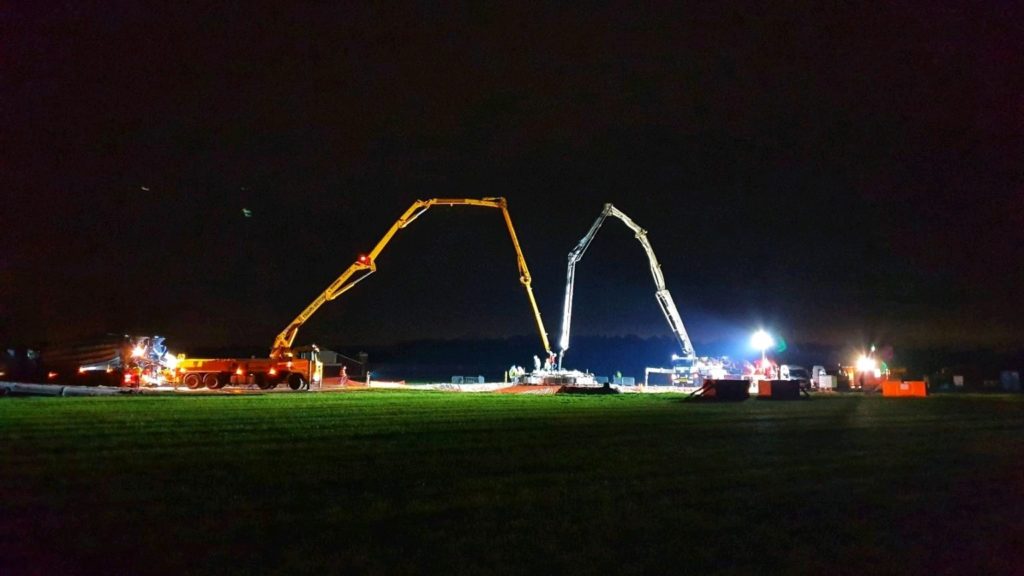
Coöperatie Zuidenwind has poured the concrete for the foundation in Heibloem in the Netherlands and created the basis for the installation of their wind turbines. The foundation design and calculation for this project was done by CTE Wind Civil Engineering. The expert in foundation design WTG suggested their Soft-Spot® instead of a typical pile foundation.
Heibloem (NL) / La Richardais (FR) – The Netherlands soil consistsof unconsolidated, very young sediments. Due to the proximity of the low-lying part of the European continent, the basin of the North Sea, the bottom rarely rises higher than 30 m above sea level. In the areas along the coast (provinces of Groningen, Friesland, Noord-Holland, Zuid-Holland, Zeeland) the surface soil layers consist mainly of clay deposits. In the west of the Netherlands the clays are replaced by lowland moors (peat). To sum up: in the Netherlands, pile foundations are mandatory for wind turbines because of the concentrated forces occurring on little surface area. Except in Heibloem, where the ground is exceptionally stable. So good, in fact, that CTE Wind offered its resource-saving Soft-Spot® instead of the usual foundation.
The Soft-Spot® was developed by CTE Wind’s engineering team and is implemented in various countries around the world. «It was simply the most economical foundation we could choose », Arjan Louwerse from H4a Windenergie B.V. says. He is the project manager for Coöperatie Zuidenwind wind turbines. This foundation design optimizes the use of resources and helps to save up to 15 % of concrete and 2 to 5 % of reinforcement steel. In some cases what is even more important than the costs is the available space : with Soft-Spot® you need less surface for the foundation. This reduces the time and excavation costs. «The philosophy to reduce the costs of the Soft-Spot® was also a good point of discussion with our client. From the beginning we had a good feeling with the design», he explains.
In fact thanks to the new design the outer diameter of the foundation was 1.1m smaller compared to a typical foundation design. This resulted in a reduction of 11 % of concrete and 3 % of steel – or more precisely about 100m3 of reinforced concrete. «To work with CTE Wind as designer was nice. The speed of response and reliability of the planning has been a winning experience for us», Louwerse added. In spring 2020 the wind turbine will arrive together with the largest blades ever installed onshore in the Netherlands. (ctewind)
If you want to learn more about CTE Wind International you can read more articles about projects and news in OUR-PROJECTS & OUR-NEWS – sections. For more Information about OUR-SERVICES please CONTACT US.
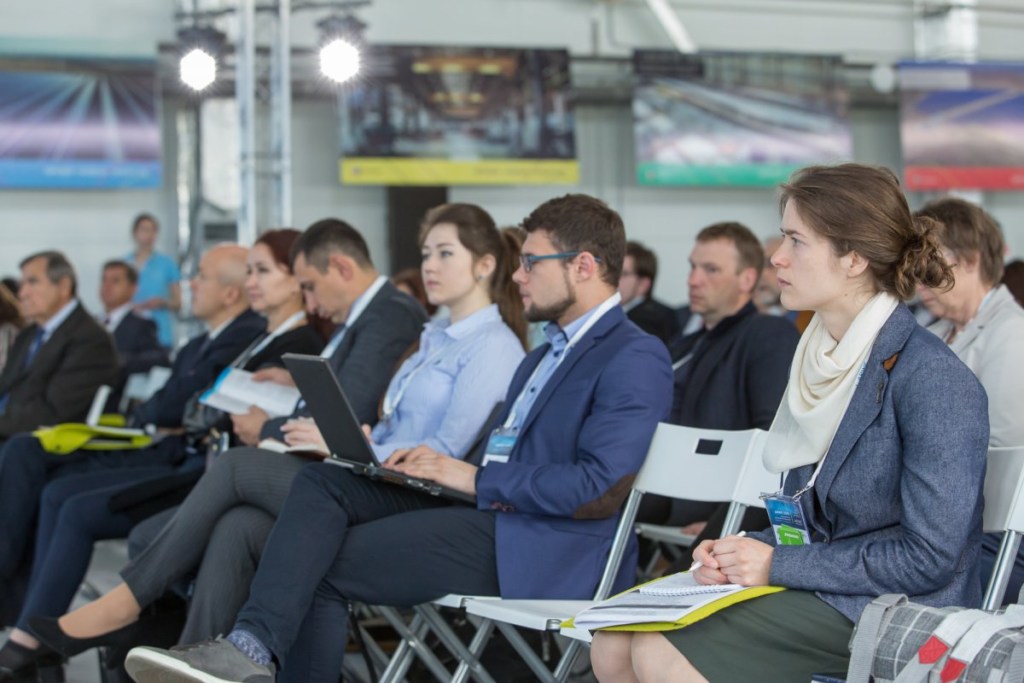

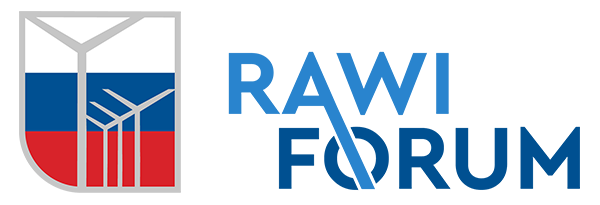

RAWI FORUM 2020 – Over 300+ participants are expected. (Source: RAWI)
We are pleased to announce our participation at RAWI FORUM 2020, taking place from February 19th to 20th in Moscow, Russia. Over 300+ participants are expected.
CTP Director and Senior Engineer Dariusz KRASOWSKI and CTE Wind International Business Developer Sergio CARÈ-LUCAS will attend the most important Russian forum to discuss about key trends of wind energy market in Russia.
This is a great opportunity for interested companies and experts to meet our dedicated sales team to learn more about CTE Wind’s civil engineering and foundation expertise and to talk about future business opportunities.
Please do not hesitate to write us to arrange a meeting.
We are looking forward to meeting you in Moscow.
Please contact us here
LINK TO CONTACT
Moscow, Russia
February 19—20, 2020
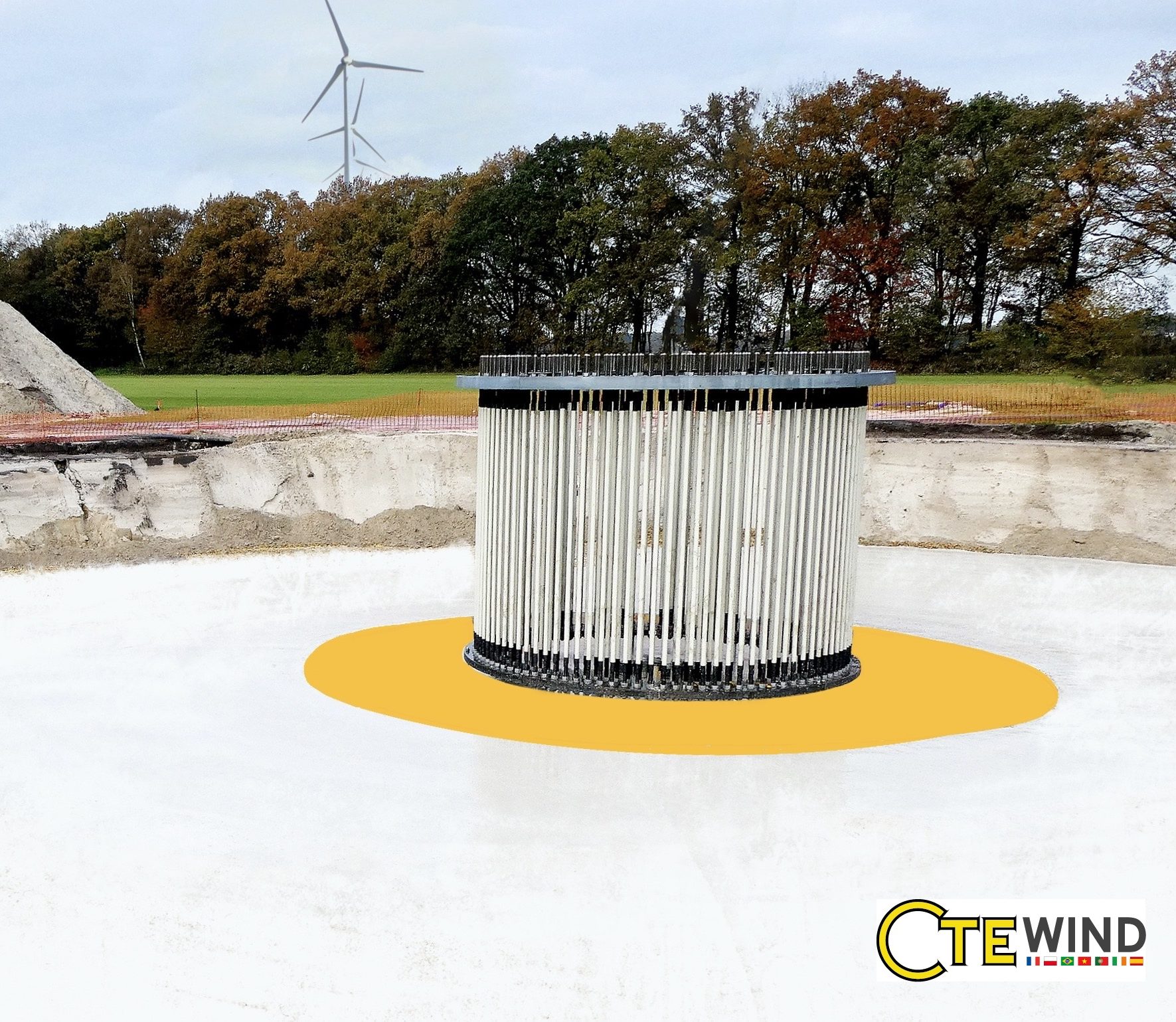

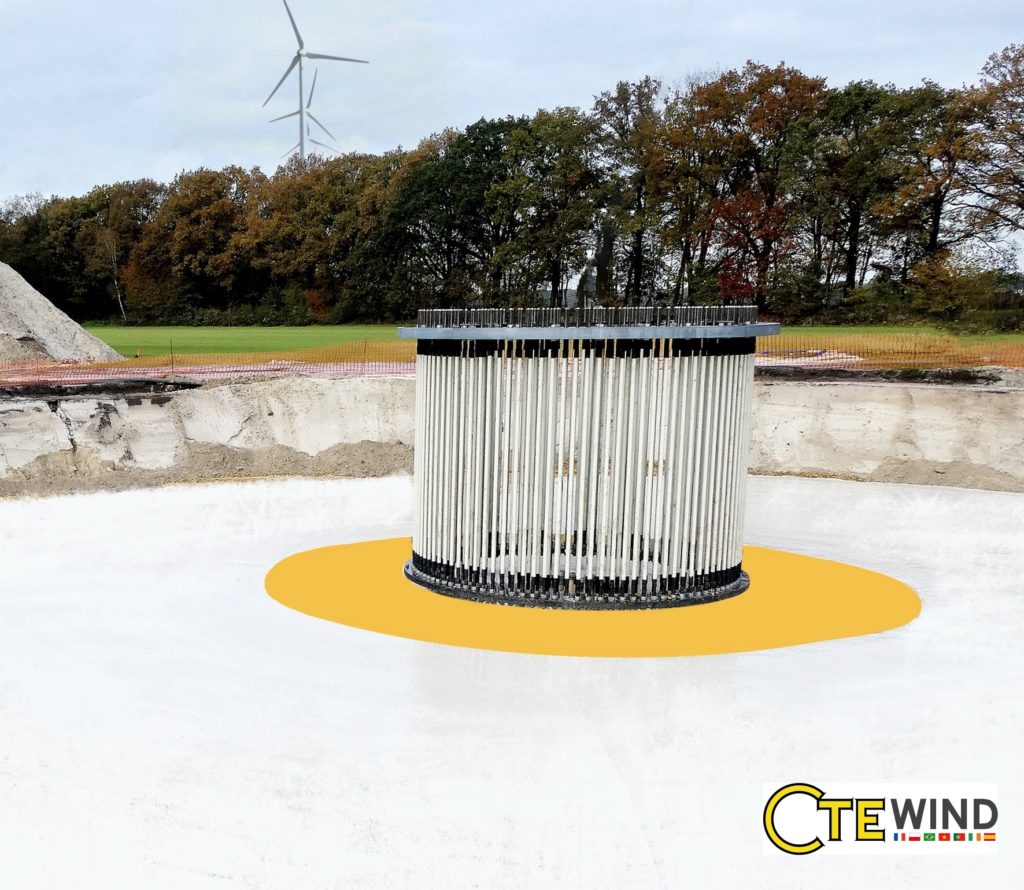
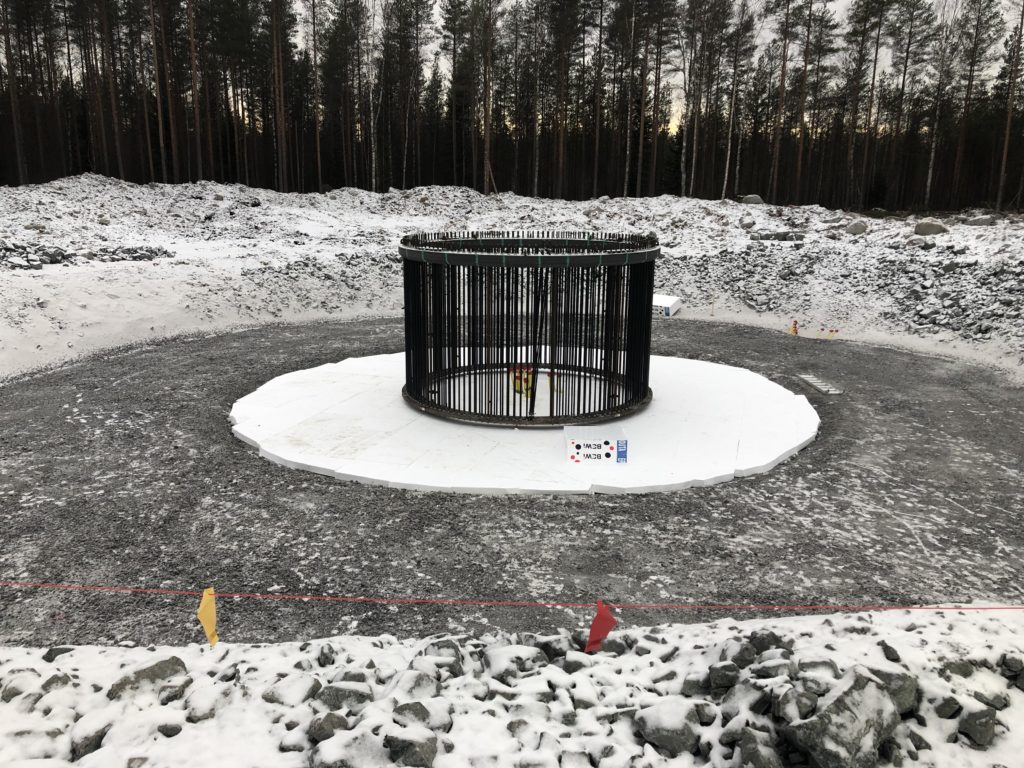
In the last 2 years over 50 project developers trusted CTE Wind’s Soft-spot® solution. Recently in Spain the expert of wind turbine foundations has won their third project, where the Soft-spot® solution was implemented.
Bilbao (Esp) / La Richardais (FRA) – CTE Wind Ibérica has won again a contract in Spain to calculate and design foundations with its Soft-spot® solution. This is an important milestone for CTE Wind International as now three wind farms on the Iberian Peninsula will take advantage of its cost saving design. In addition to these projects, CTE Wind’s clients are also adopting this solution in many other wind farms worldwide. Argentina, Brazil, Chile, France, Lithuania, Indonesia, Mexico, the Netherlands, Russia, Serbia, Sweden and Thailand to name a few. Over 50 wind farms around the globe, 750 wind turbines are using this resource saving solution which was introduced a while ago by CTE Wind.
« CTE Wind is proud of the confidence shown by its clients, and especially of the interest on applying the Soft-spot® solution», Chief executive Alexander MARTIN said and added « Our design provides interesting advantages and cost saving in material consumption and civil works while being easy to be built. »
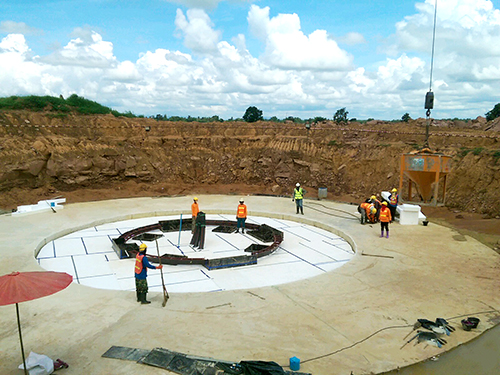
Simply the most economical foundation
The Soft-spot® was developed by CTE Wind’s engineering team and is implemented in various countries around the world. As a result of his astonishing design this solution allows savings in concrete volume up to 15%, reduction of foundation diameter and total weight reduction of reinforcement bars of 7 to 9%. The earthwork to be handled is reduced too. In some cases, what is also important is the available space : with Soft-spot® you need less surface for the foundation. The construction is very easy and the material for the soft layer can be easily purchased for a low price all over the world.
If you want to learn more about CTE Wind International you can read more articles about projects and news in OUR-PROJECTS & OUR-NEWS – sections. For more Information about OUR-SERVICES please CONTACT US.
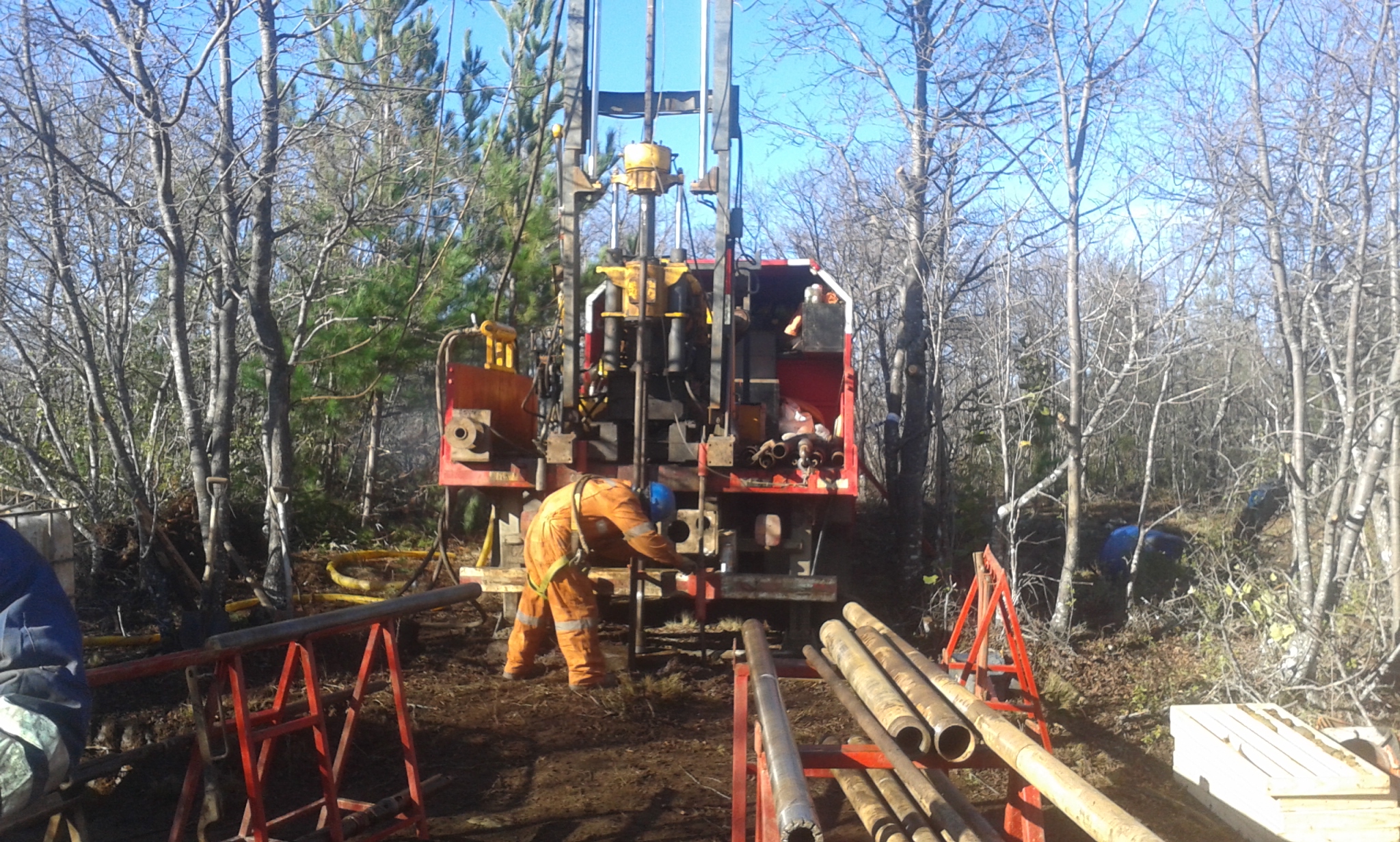


Interview with Ana Bielza, Senior Engineer CTE Wind Iberica
Head of Geotech Services CTE Wind International
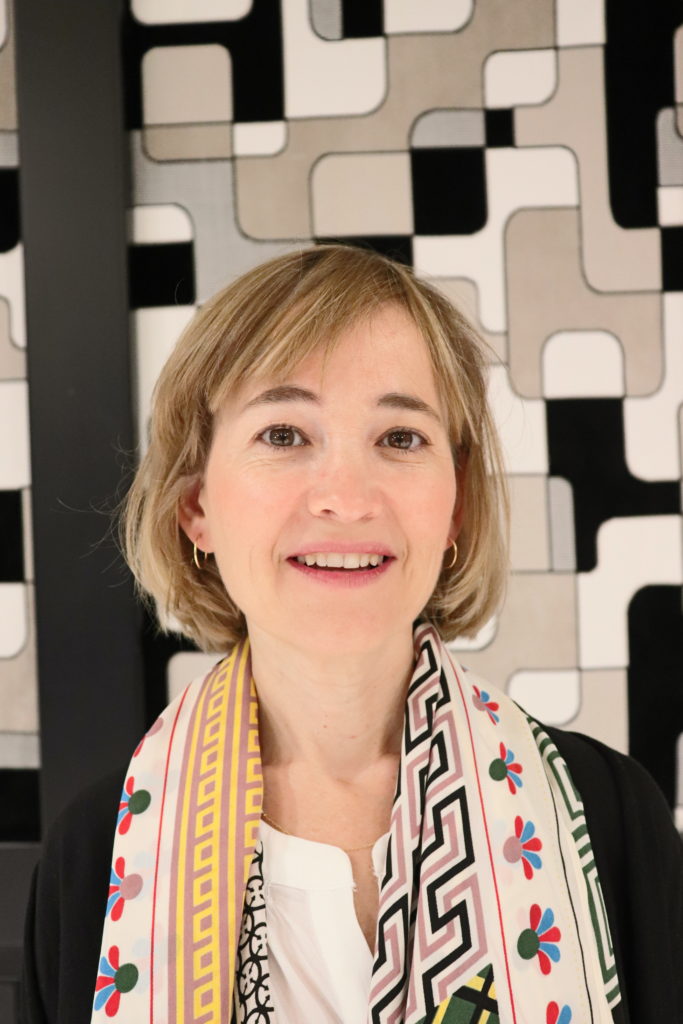
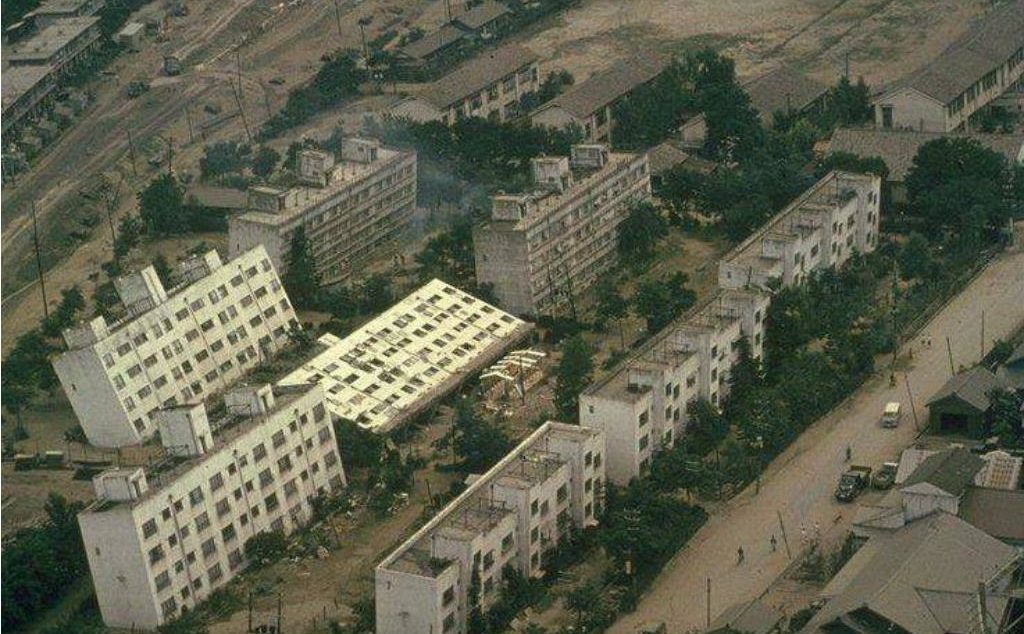
Since 2019 CTE Wind provides geotechnical engineering services to their clients. Over the last six months, Ana Bielza, Senior Engineer at CTE Wind Iberica has taken part in over 45 projects. We have asked her what she actually does and why her role is crucial for the foundation design of wind turbine generators (WTG).
Can you briefly explain to us what a specialist in geotechnical engineering like you does?
Ana Bielza: Geotechnicians apply scientific methods and engineering principles to predict the response of the ground to the foundation requirements. They then deliver this information to the civil engineers so they can design foundations accordingly.
What is the difference between common geotechnical engineering for bridges or building compared to the WTG-geotechnics?
Ana Bielza: There are not many differences. The ground has to be investigated with similar methods (drillings, geophysics, lab tests, etc.) and the same kind of parameters are needed. But the ground capacity is usually not what determines the foundation size, because most of the time the soil strength transmitted by a turbine foundation is not high. Besides, settlements in general are not important in this type of structures. But rotational stiffness can rather be the main ground parameter to manage and sometimes it can even set the foundation size.
CTE Wind offers his services worldwide
You worked on over 45 projects in six months, which is quite a lot. In which countries did you take a look at the ground?
Ana Bielza: Yes, there were many. It looks like our services are very appreciated by the customers (She smiles delighted). I worked for projects in Argentina, Australia, Belgium, Brazil, Chile, India, Indonesia, Israel, Lithuania, Mexico, Netherlands, Peru, Russia, Spain, Tanzania, Tonga, Turkey, and Ukraine. Of course, every country has its peculiarities. And I not only mean the different ground types you can find but also how the different investigations that are conducted and how the results are delivered.
Looking back on these last months, what were the challenges? Can you maybe share one or two projects with us?
Ana Bielza: Challenging projects are usually the ones located on recent soils in seismic areas and near to the shore (high water table). For example, we have done several basic designs for a huge project in India with 1000 wind turbines, located on a saline desertic zone most of the year. But during the monsoon season the landscape becomes a swamp, with water at ground level. It is a region with an extreme seismic risks, on a recent granular soil (potentially liquefiable) and very aggressive to the concrete. We had to analyze the ground with just four boreholes in an area for 1000 turbines!
Sounds like fun. As far as we know, there are no known cases of significant damage from liquefaction in wind farms. So, how did you solve this problem?
Ana Bielza: Well, with only four drillings for such a huge area, it was mandatory to be conservative, therefore, and according to the client, we worked with two possible scenarios. We hope they were representative for the situation in most of the future turbine positions. The civil engineer then follows our specifications and designs the foundations accordingly with piles.
Trust is an important key factor
Could you tell us about another project?
Ana Bielza: Another challenging project has been the one in a country in South America, a wind farm with over 40 turbines. This was a constructive design where we had also drafted the geotechnical study from a factual report given by the customer, with 45 boreholes, 80 trial pits and 46 geophysical tests as well as an important amount of laboratory tests. The ground was good, a consolidated gravely soil -a conglomerate-, but seemed to be prone to suffer some dissolution because it had salt in its matrix.
What does it mean exactly?
Ana Bielza: The matrix describes the different layers a soil can have. The salt in the matrix can be dissolved by heavy rain or ground water. But even if the ground suffers an hypothetical dissolution, the remaining gravely soil would show enough strength and rigidity to carry the WTG. Besides, there was no water at all in the area, it was in a desert area.
Good conditions. What was the problem then?
Ana Bielza: Yes, but the client was pressuring us to set down categorically that there was no risk of dissolution, and there was no possibility at all for buoyancy. The geotechnics of the project showed good conditions for our SOFT-SPOT® foundation, but the wind farm owner seemed to have unfounded fears and wanted us to affirm that there was zero risk in this area. But zero risk does not exist. It was tricky to explain why there are no risk but we had to write about an hypothetical dissolution. Luckily, we finally came to an understanding. (ctewind)
If you want to learn more about CTE Wind International you can read more articles about projects and news in OUR-PROJECTS & OUR-NEWS – sections.
For more Information about OUR-SERVICES please CONTACT US.

We use cookies on our website to give you the most relevant experience by remembering your preferences and repeat visits. By clicking “Accept”, you consent to the use of ALL the cookies. However you may visit Cookie Settings to provide a controlled consent.
| Cookie | Duration | Description |
|---|---|---|
| cookielawinfo-checbox-analytics | 11 months | This cookie is set by GDPR Cookie Consent plugin. The cookie is used to store the user consent for the cookies in the category "Analytics". |
| cookielawinfo-checbox-functional | 11 months | The cookie is set by GDPR cookie consent to record the user consent for the cookies in the category "Functional". |
| cookielawinfo-checbox-others | 11 months | This cookie is set by GDPR Cookie Consent plugin. The cookie is used to store the user consent for the cookies in the category "Other. |
| cookielawinfo-checkbox-necessary | 11 months | This cookie is set by GDPR Cookie Consent plugin. The cookies is used to store the user consent for the cookies in the category "Necessary". |
| cookielawinfo-checkbox-performance | 11 months | This cookie is set by GDPR Cookie Consent plugin. The cookie is used to store the user consent for the cookies in the category "Performance". |
| PHPSESSID | session | This cookie is native to PHP applications. The cookie is used to store and identify a users' unique session ID for the purpose of managing user session on the website. The cookie is a session cookies and is deleted when all the browser windows are closed. |
| viewed_cookie_policy | 11 months | The cookie is set by the GDPR Cookie Consent plugin and is used to store whether or not user has consented to the use of cookies. It does not store any personal data. |
| _GRECAPTCHA | 5 months 27 days | This cookie is set by Google. In addition to certain standard Google cookies, reCAPTCHA sets a necessary cookie (_GRECAPTCHA) when executed for the purpose of providing its risk analysis. |
| Cookie | Duration | Description |
|---|---|---|
| pll_language | 1 year | This cookie is set by Polylang plugin for WordPress powered websites. The cookie stores the language code of the last browsed page. |
| Cookie | Duration | Description |
|---|---|---|
| _gat | 1 minute | This cookies is installed by Google Universal Analytics to throttle the request rate to limit the colllection of data on high traffic sites. |
| Cookie | Duration | Description |
|---|---|---|
| _ga | 2 years | This cookie is installed by Google Analytics. The cookie is used to calculate visitor, session, campaign data and keep track of site usage for the site's analytics report. The cookies store information anonymously and assign a randomly generated number to identify unique visitors. |
| _gat_gtag_UA_151427895_1 | 1 minute | This cookie is set by Google Tag Manager and is used to throttle request rate and to store and track conversions. |
| _gid | 1 day | This cookie is installed by Google Analytics. The cookie is used to store information of how visitors use a website and helps in creating an analytics report of how the website is doing. The data collected including the number visitors, the source where they have come from, and the pages visted in an anonymous form. |








